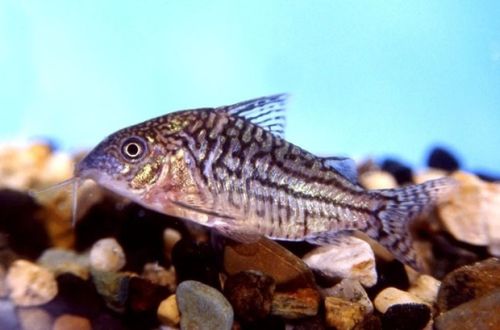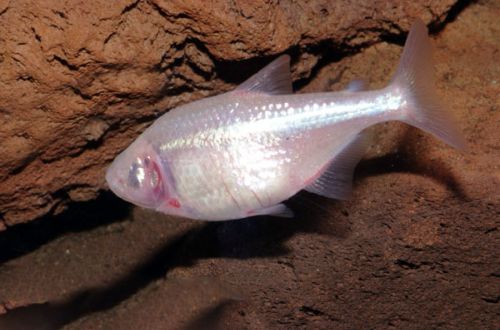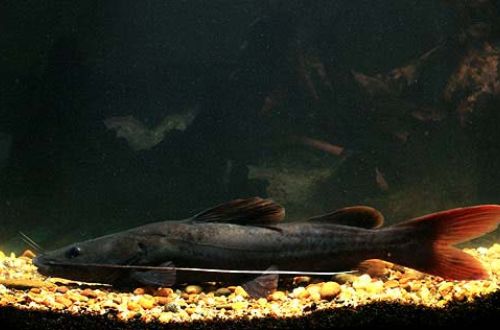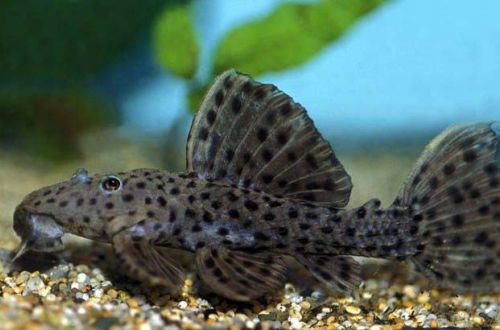
Catfish Pinheiro
Pinheiro catfish, scientific name Corydoras pinheiroi, belongs to the family Callichthyidae (Shell catfish). Named in honor of Mario Pinheiro, a Brazilian philanthropist, sponsor of scientific expeditions to study the flora and fauna of the Amazonian forests.

Contents
Habitat
The fish is native to South America. Inhabits the basins of large right tributaries of the Amazon, such as Madeira, Mamore in the Brazilian states of Rondonia and Amazonas. Inhabits numerous streams, small rivers and channels. Swims in flooded areas of tropical forests.
Description
Adult individuals reach a length of up to 6 cm. The fish has a stocky body typical of the Corydoras, covered with rows of bone plates and sharp spikes in the rays of the pectoral fins.
Catfish Pinheiro has a similar body pattern to Corydoras Sterba, but has a larger mesh pattern.
Behavior and Compatibility
A peaceful, friendly fish that will make a great addition to the community of most freshwater aquariums. Should not be kept together with territorial and aggressive species.
In nature, they live in large flocks. It is recommended to purchase a group of at least 3-4 individuals. They are most active in subdued lighting conditions.
Brief information:
- The volume of the aquarium – from 60 liters.
- Temperature – 25-28°C
- Value pH — 6.0–7.2
- Water hardness – soft to medium hard (3-15 dGH)
- Substrate type – sandy
- Lighting – subdued or moderate
- Brackish water – no
- Water movement – light or moderate
- The size of the fish is up to 6 cm.
- Nutrition – any drowning
- Temperament – peaceful
- Keeping in a small group of 3-4 individuals
Maintenance and care, arrangement of the aquarium
The optimal size of the aquarium for a flock of 3-4 fish starts from 60-70 liters. The design uses a sandy substrate, thickets of aquatic plants and form several shelters from a heap of smooth stones, natural snags.
It is necessary to provide a small movement of water (flow) and additional aeration to supply water with oxygen. With long-term maintenance, it is important to prevent the accumulation of organic waste, mainly settling on the bottom. Dirty soil is dangerous for catfish and can provoke the development of diseases.
If you keep the aquarium clean, then Catfish Pinheira can be attributed to unpretentious species. The fish adapts to various conditions, but prefers a shaded environment with soft, slightly acidic water.
Food
Will accept most popular feeds. Live, frozen, fresh or dry crustaceans and other small invertebrates (zooplankton) such as brine shrimp, bloodworms, daphnia, gammarus, etc. are good choices.
Breeding / breeding
This species is rarely found in home aquaria, so there is no reliable information on breeding in the artificial environment. However, given the close relationship with other Corydoras, it can be considered that the probability of reproduction is very high.
More details about the breeding features of Kori catfish are described in a separate article.
Sources: fishbase.de, planetcatfish.com





